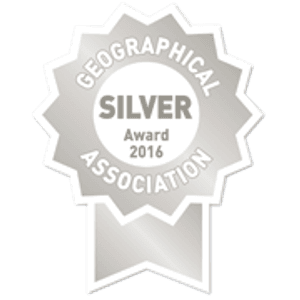Frozen Oceans
Geography | Ages 14-16
The Frozen Oceans education programme is based on research undertaken by explorers and scientists taking part in the Catlin Arctic Surveys between 2009 and 2011. The resource includes two data case studies that introduce students to ocean acidification and sea ice thickness. The core of each case study are real data sets that have been gathered on expeditions in the Arctic.
The lessons can be combined with the annual Arctic Live event. Every spring this unique interactive event connects thousands of students worldwide to science expedition teams based at the UK Arctic Research Station in Ny-Ålesund, Svalbard.
Part of:
AXA Ocean EducationThis lesson uses a combination of video, theory and practical demonstrations to develop students’ understanding of ocean acidification.
The Arctic Ocean is known as a ‘sentinel system’. This is because ocean acidification is happening more rapidly in these cold waters.
Students will analyse real data from a series of research ‘cruises’ from the Hawaii Ocean Time-series to identify trends in ocean acidification.
In this lesson, students will turn the classroom into a mini-conference venue and display their research into ocean acidification.
This lesson uses a combination of satellite imagery, Google Earth, video and online research to examine what is happening to sea ice in the Arctic.
Students will learn how the ice thickness data they will be studying was collected and consider the challenges of research in the Arctic.
Students will use real data from the Catlin Arctic Survey 2009 to create ocean snow and ice profiles.
Brought to you by

In partnership with


awards

Teach the goals



